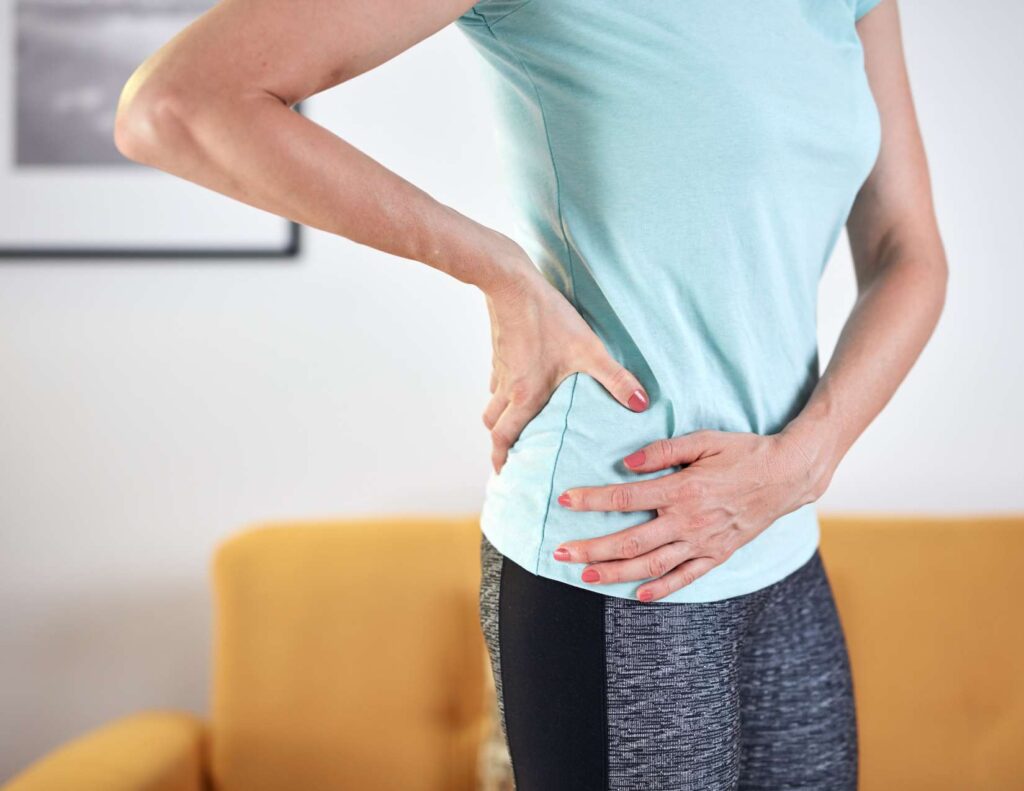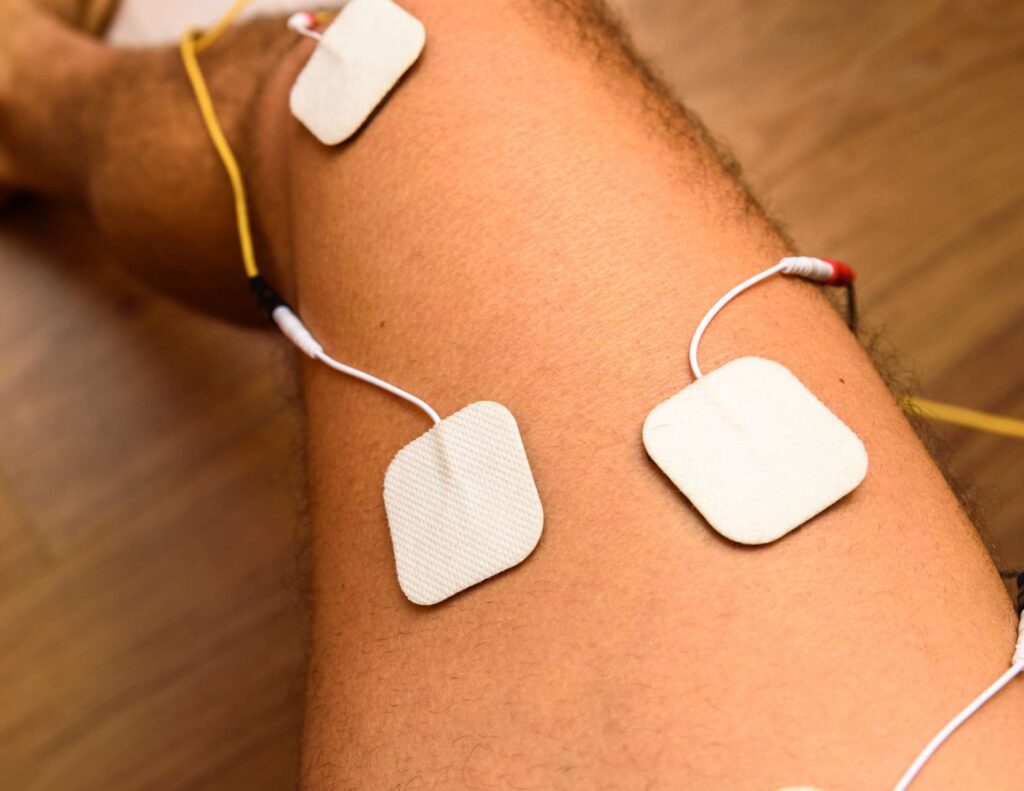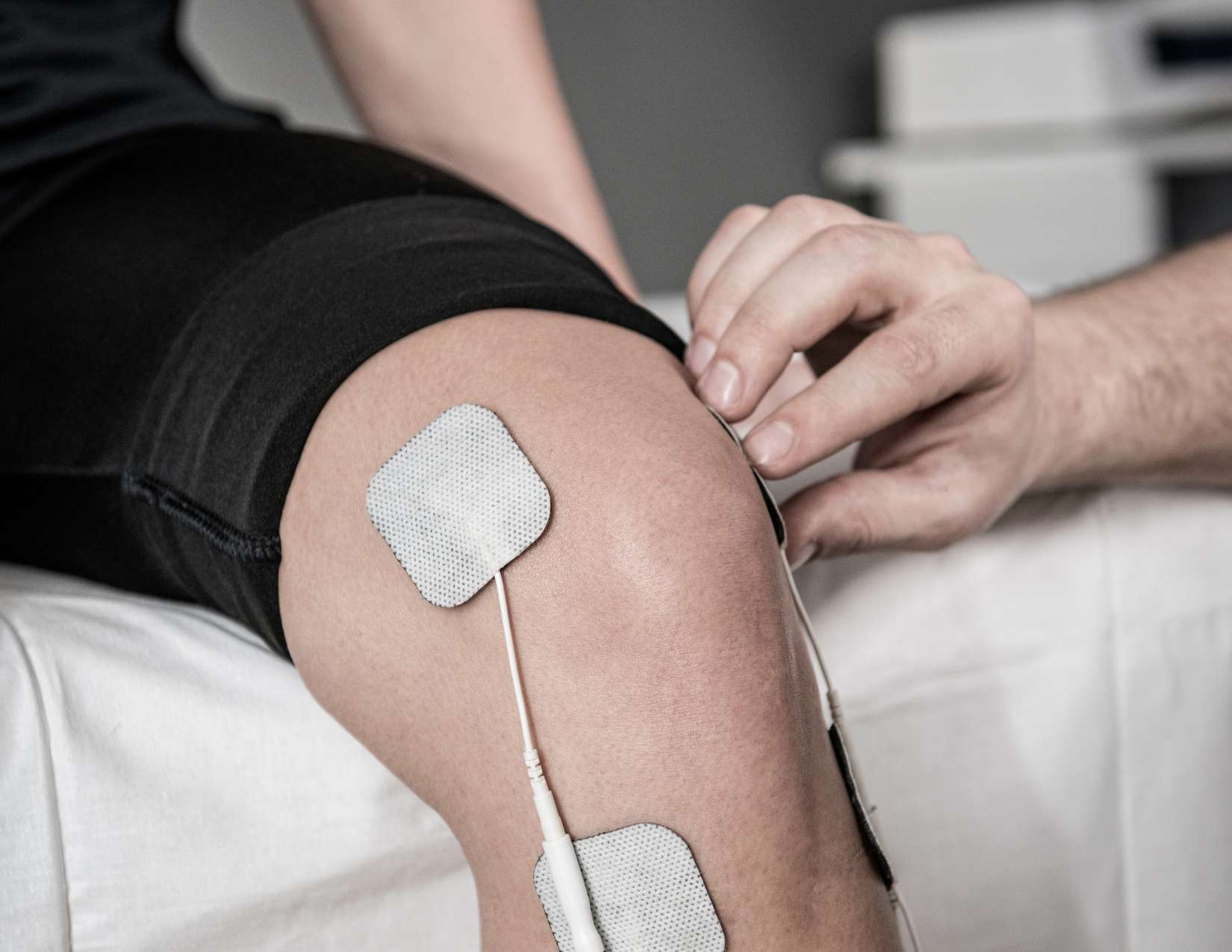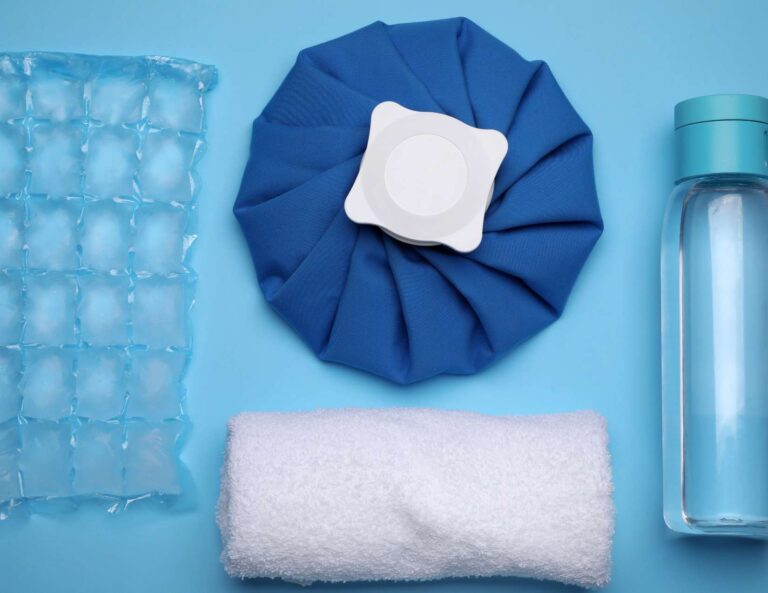How to Find the Best TENS Placement for Hip Joint Pain
Hip joint pain is a prevalent discomfort that can severely alter one’s quality of life. Fortunately, there are various methods available to mitigate this pain, one of which is the use of a Transcutaneous Electrical Nerve Stimulation (TENS).
This guide aims to provide a comprehensive understanding of TENS placement for hip joint pain, including its effectiveness, benefits, and potential alternatives.
Table of Contents
Understanding the TENS Unit
A TENS unit is a compact, battery-operated device utilized for pain management. By using electrical muscle stimulation, a TENS unit can drastically reduce hip joint pain, knee pain and lower back pain.
The unit comprises a controller connected to electrodes which are strategically placed on the skin near the site of discomfort.
How does a TENS Unit Work?
The fundamental principle of TENS therapy involves delivering low-voltage electrical currents to the body. Specifically targeting nerves responsible for transmitting pain signals to and from the spinal cord and brain. These electrical impulses stimulate the nerves in the area of pain, creating a tingling sensation.
By disrupting or blocking these pain signals, TENS therapy aims to provide quick and temporary pain relief and promote a general sense of well-being.

TENS Placement for Hip Joint Pain: An Overview
There are several methods and strategies for placing the TENS electrode pads for mitigating hip pain. Remember, there isn’t one universally correct way to position the pads. The most effective approach is to place the TENS pads where they provide the most relief.
TENS Placement for Side or Lateral Hip Pain
Side or lateral hip pain can be due to various conditions such as Greater Trochanteric Hip Bursitis, Hip Arthritis, IT Band Syndrome, or Tensor Fascia Lata (TFL) Pain. Here are some good rule of thumb guidelines for TENS placement for hip joint pain for such conditions.
Using One Channel and Two Pads
Option One: Place one pad directly on the pain point. Place the other pad either in front or behind the first pad, maintaining at least a pad’s width apart.
Option Two: Position one pad in front of the pain point and one behind, or one on each side of the pain.
Using Two Channels and Four Pads
Option One: Arrange the pads to form a cross pattern. Place one pad from channel one behind the pain and the other in front. Place one pad from channel two on one side of the pain and the other on the opposite side.
Option Two: Arrange the pads to form an X pattern. Place one pad from channel one in the upper right corner of the pain and the other in the lower left corner. Position one pad from channel two in the upper left corner and the other in the lower right corner.
TENS Placement for Front Hip Pain
Front hip pain, such as Hip Arthritis or Hip Flexor Pain, may require a different TENS placement for hip joint pain. However, precaution should be exercised if you place an electrode pad directly in the groin as it may be disrupted with movement.
Using One Channel and Two Pads
Option One: Position one pad directly on the pain and the other pad either in front or behind the first pad, maintaining at least a pad’s width apart.
Option Two: Position one pad in front of the pain point and one behind, or one on each side of the pain.
Using Two Channels and Four Pads
Option One: Arrange the pads to form a cross pattern. Place one pad from channel one behind the pain and the other in front. Place one pad from channel two on one side of the pain and the other on the opposite side.
Option Two: Arrange the pads to form an X pattern. Place one pad from channel one in the upper right corner of the pain and the other in the lower left corner. Position one pad from channel two in the upper left corner and the other in the lower right corner.
TENS Placement for Pain Referred from Another Area
Sometimes, hip pain might be referred from the back due to sciatica or other degenerative changes. Sciatic pain in the hip joints can have many causes. In such cases, using channel one, you can place the two pads along the nerve pathway.
With the proper TENS placement for hip joint pain, it is essential to avoid placing the tens electrodes over open wounds or areas with excessive hair. Clean the area with soap and water prior to the placement of the pads.

Effectiveness and Limitations of TENS Units for Hip Pain
While a TENS machine is commonly used for mitigating pain, their effectiveness in managing hip pain can be debated. Hip pain often involves a more complex underlying cause that requires a more comprehensive approach.
TENS placement for hip joint pain primarily targets surface-level pain and may not reach deep enough to address the root cause of hip discomfort.
Surface-Level Stimulation: Limited Penetration
TENS units may not effectively penetrate deep enough to reach the source of hip pain due to their low voltage. The electrical signal generated by TENS units are typically of low intensity, typically running at 400 pulses per second.
While these electrical pulses can provide surface-level stimulation and potentially block pain signals transmitted by superficial nerves, they may not effectively reach the deeper tissues or structures within the hip joint that could be contributing to the pain.
Limited Effectiveness for Chronic Hip Pain
TENS placement for hip joint pain may not be as effective for chronic or degenerative pain conditions. While these devices can provide temporary pain relief for acute or short-term pain, their efficacy in managing chronic or degenerative pain may be limited.
Chronic pain conditions often require a multidisciplinary approach that combines various treatment modalities, such as physical therapy and lifestyle modifications.
Use of a TENS device alone may not address the multifaceted nature of chronic pain or provide the comprehensive management needed for sustained relief.
Potential Side Effects of TENS Units
While use of a TENS unit is generally safe, they can sometimes be associated with certain side effects. These include skin irritation, muscle twitching, and tingling sensation. These side effects are typically temporary and subside once the TENS unit is turned off.
Potential Risks of TENS Units
Certain groups of people should exercise caution when using TENS units due to potential risks to their health. These include individuals with implanted medical devices, pregnant women, individuals with epilepsy or seizure disorders, people with sensory impairments or skin sensitivities, and individuals with undiagnosed pain.

More Effective Alternatives to TENS Units for Hip Pain
While a TENS placement for hip joint pain has its limitations for treating hip pain, there are alternative treatment methods that have shown effectiveness in managing hip discomfort.
These methods offer a more comprehensive approach to address the underlying causes of hip pain.
Physical Therapy
Physical therapy is a healthcare provider who focuses on strengthening the muscles around the hip joint, improving flexibility, and correcting imbalances.
A physical therapist can design a personalized exercise program that targets specific areas contributing to hip pain, helping to alleviate symptoms and improve overall hip function.
Chiropractic care for hip pain
Chiropractic adjustments can safely align the hip joints and provide relief from pain and discomfort associated with misalignments. By carefully manipulating the joints, chiropractors can restore proper alignment, allowing for improved mobility and function.
This non-invasive approach is particularly beneficial for individuals suffering from conditions such as hip osteoarthritis, sciatica, or hip bursitis.
Chiropractic adjustments not only address the symptoms but also target the underlying cause of the problem. With regular chiropractic care individuals can experience long hip joint issues.
Acupuncture for hip pain
Acupuncture for relief of hip bursitis and other issues relating to the hip is extremely beneficial. It helps to balance the energy of the body, reduce inflammation and increase healing time.
Ice and Heat
Ice packs and heat packs are often overlooked for pain relief. However, using ice packs in the acute stage of pain (between 3-6 months) and heat packs in the chronic stage of pain ( >6 months) can greatly reduce the intensity and frequency of discomfort.
Medications
Nonsteroidal anti-inflammatory drugs (NSAIDs) and analgesics can help reduce acute pain and inflammation associated with hip pain. These oral medications are available over-the-counter or by prescription, depending on the severity of the pain and individual needs.
It’s important to consult with a healthcare professional for appropriate medication recommendations and to ensure proper usage.
Injections
Corticosteroid injections or hyaluronic acid injections may be considered for individuals with hip pain that do not respond to conservative treatments. These injections can provide temporary pain relief and reduce inflammation in the hip joint.
Assistive Devices
The use of assistive devices such as pillows, braces, or walkers can help offload the weight from the hip joint, reduce pain, and provide support during activities.
These devices can help improve mobility and reduce the strain on the hip joint, particularly in cases of hip osteoarthritis or post-surgical rehabilitation.
Surgical Intervention
In cases where conservative treatments fail to provide adequate relief, surgical intervention may be considered. Surgical options range from minimally invasive procedures, such as arthroscopy, to more extensive procedures like joint replacement surgery.

Consulting with a Medical Professional: Why is it Essential?
It is crucial to consult with medical professionals when experiencing hip pain to rule out other medical conditions. Healthcare professionals can provide an accurate diagnosis, a personalized treatment plan, access to specialized care, monitoring progress and adjustments, and safety and risk assessment.
Conclusion
Navigating the journey of hip joint pain can be challenging. It’s wise to become knowledgeable about TENS placement for hip joint pain to see how it can offer a non-invasive solution.
However, keep in mind that their effectiveness may vary. It’s essential to explore all available treatment options, including physical therapy, medications, injections, and assistive devices.
Remember, always consult with a healthcare professional to choose the best course of action for your specific condition. You’re not alone in this journey, and there are resources available to help you manage hip joint pain!







2 Comments
Comments are closed.